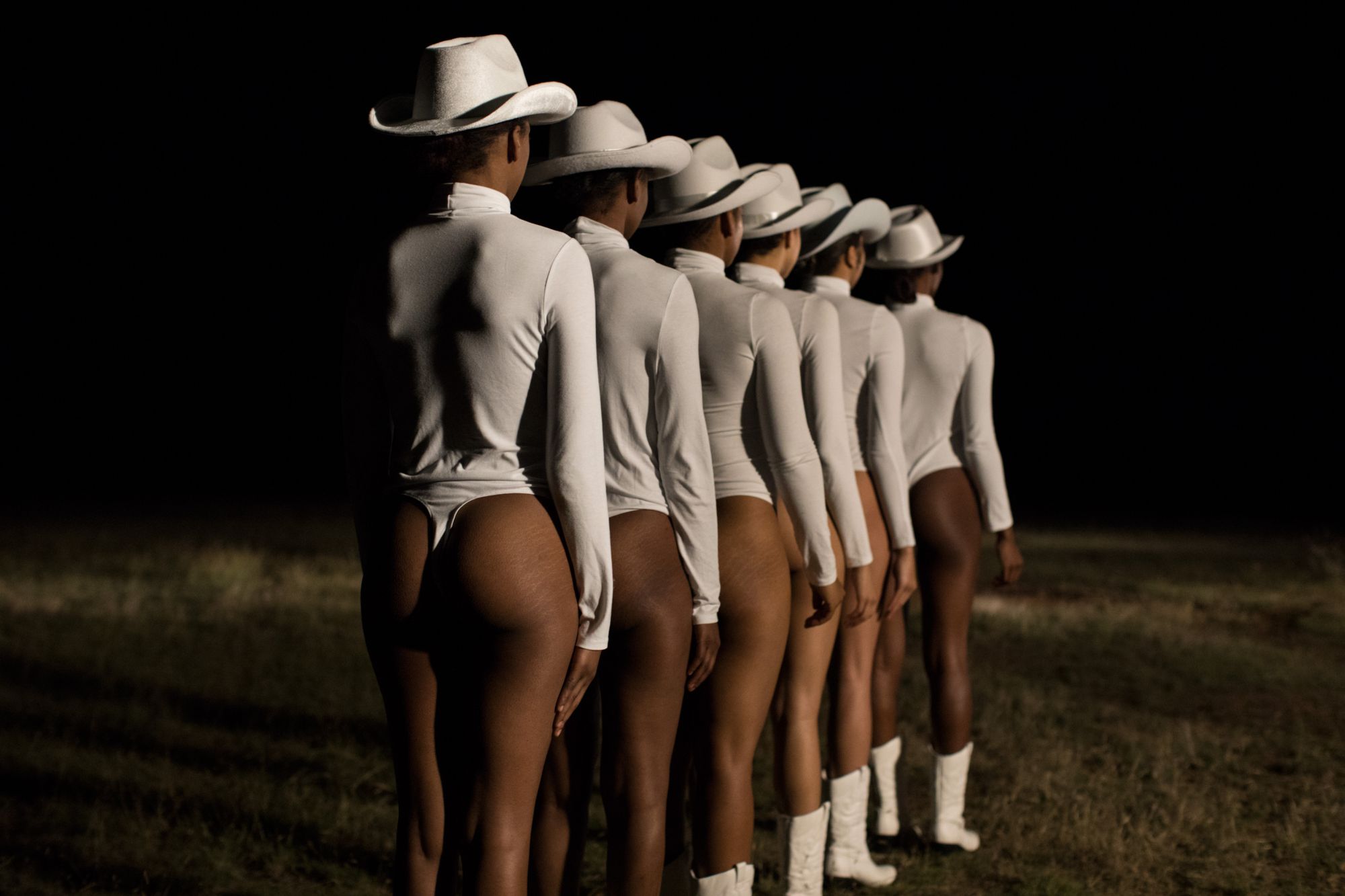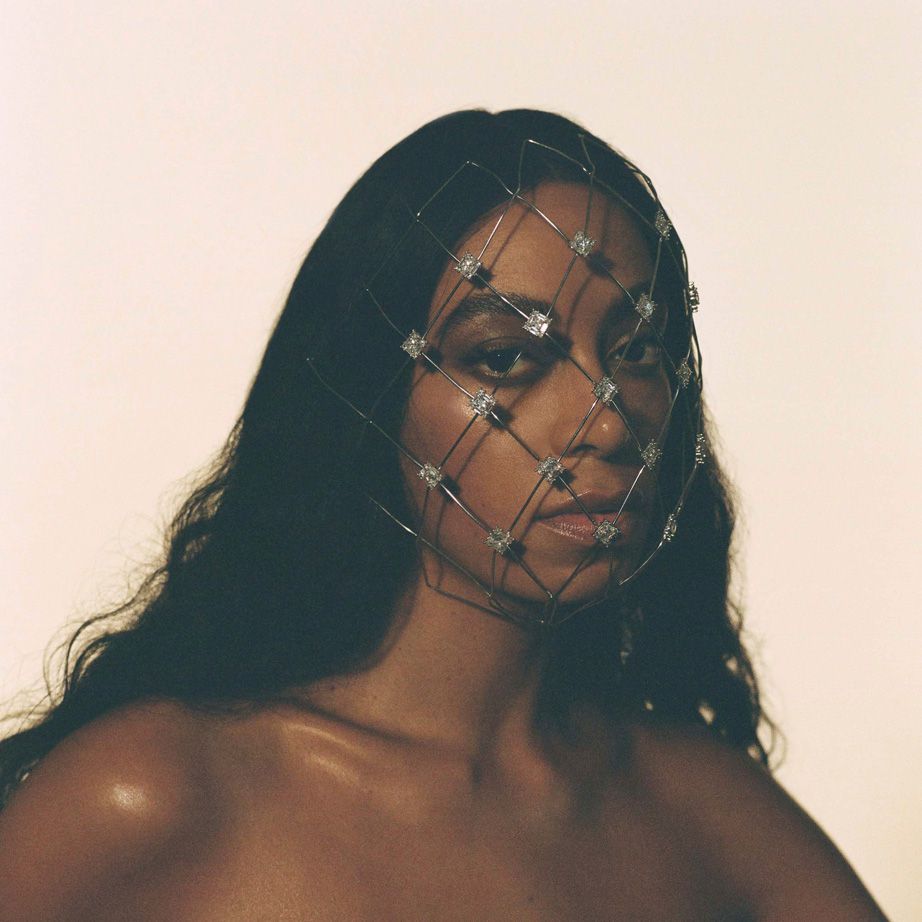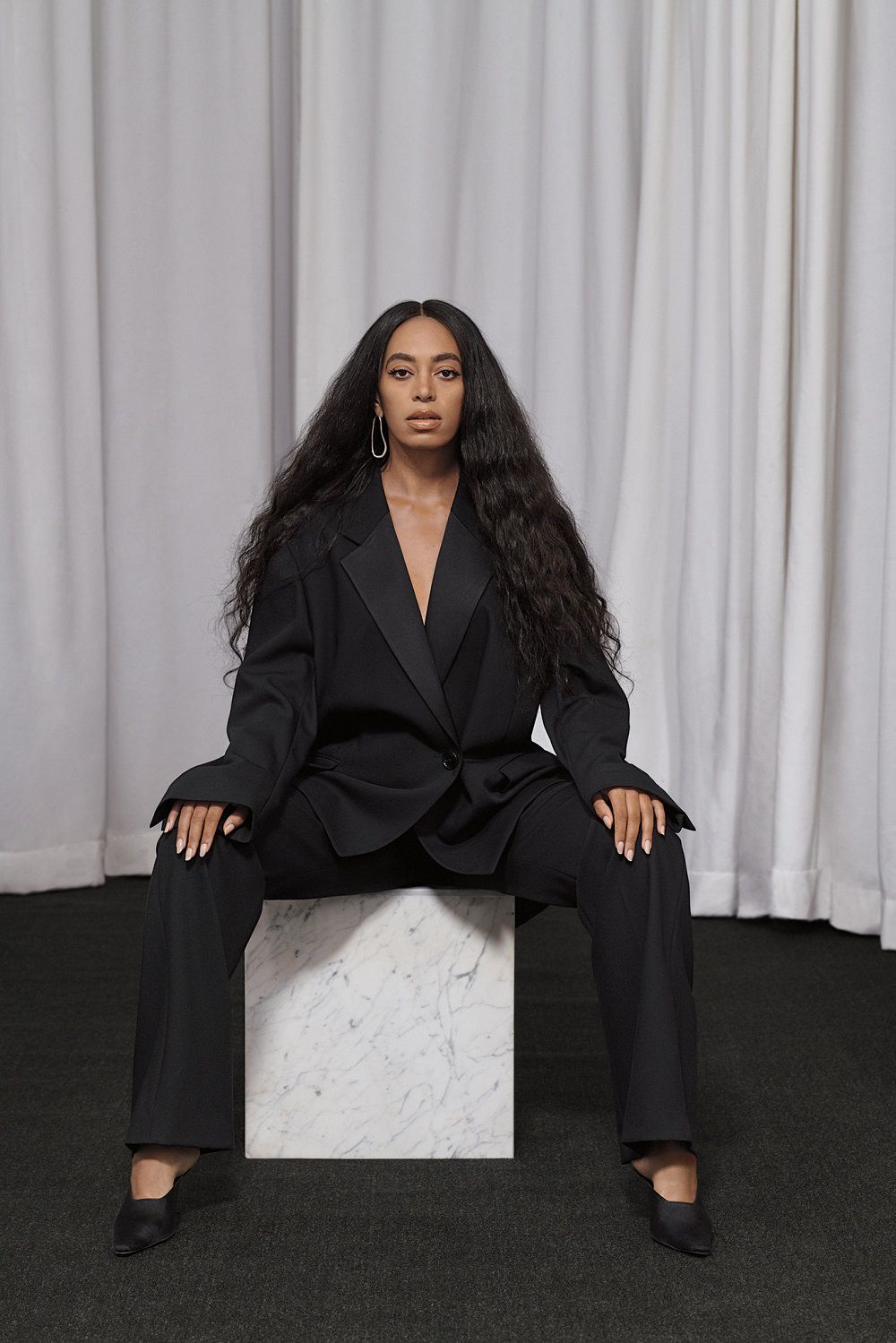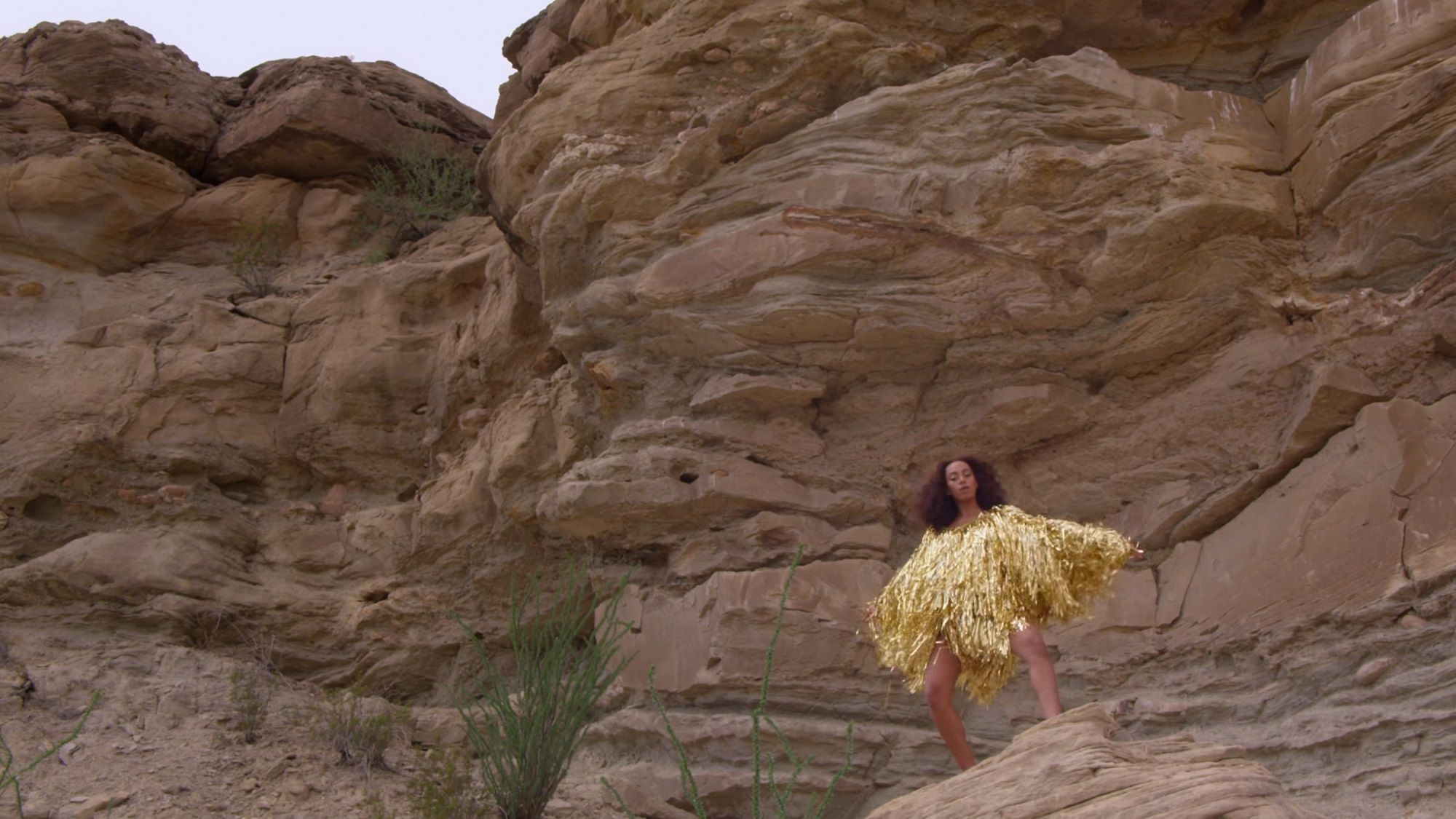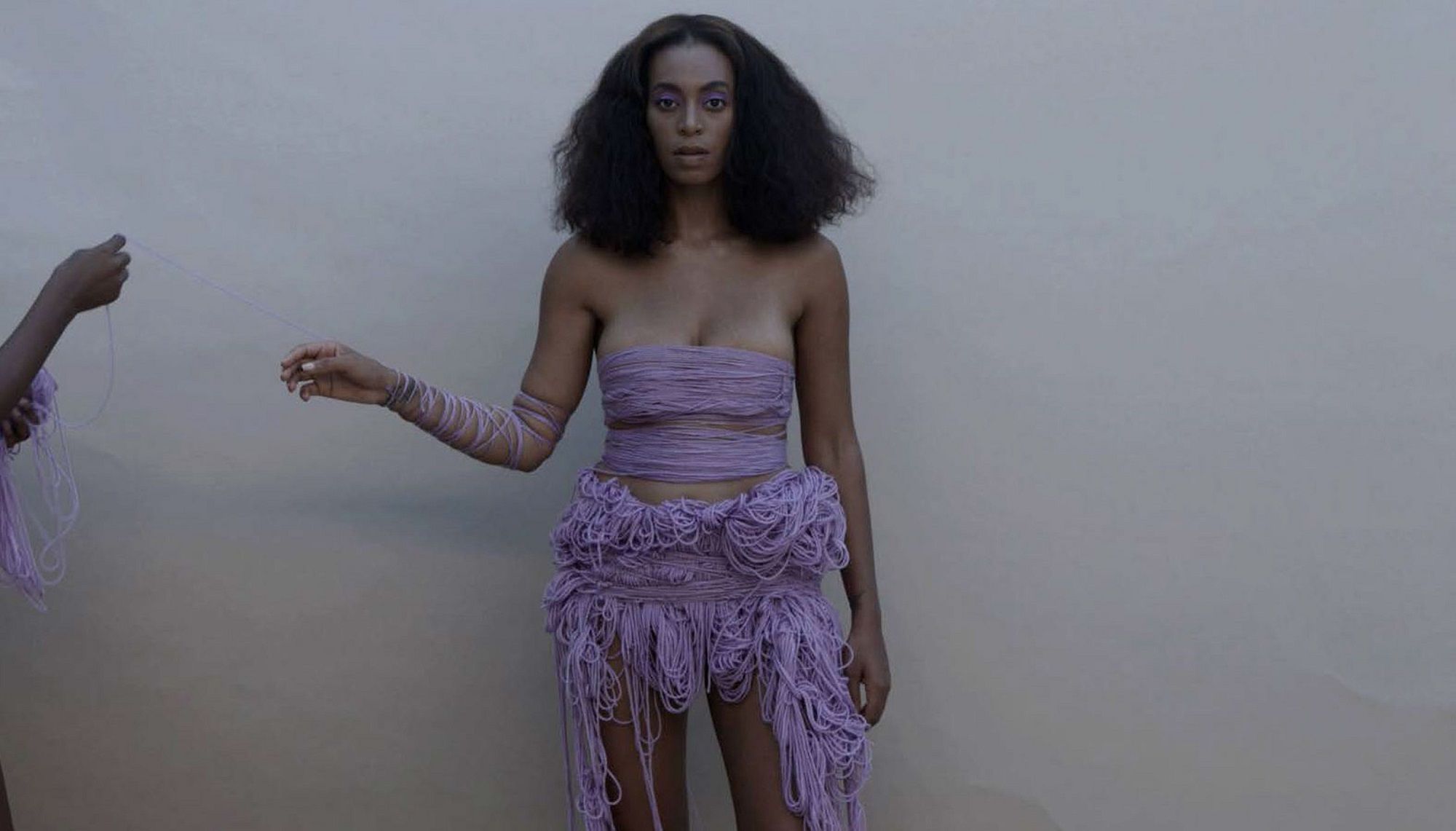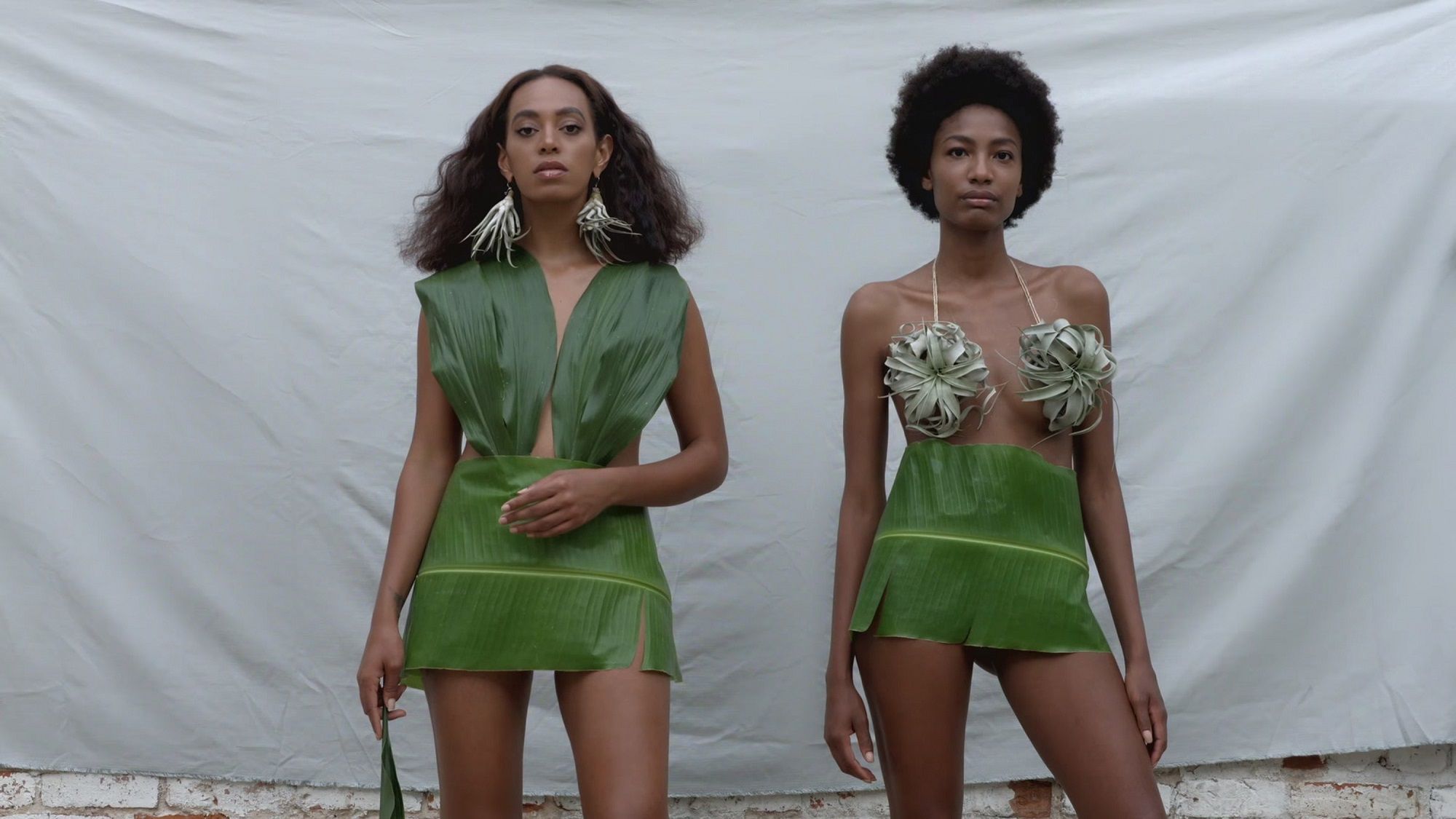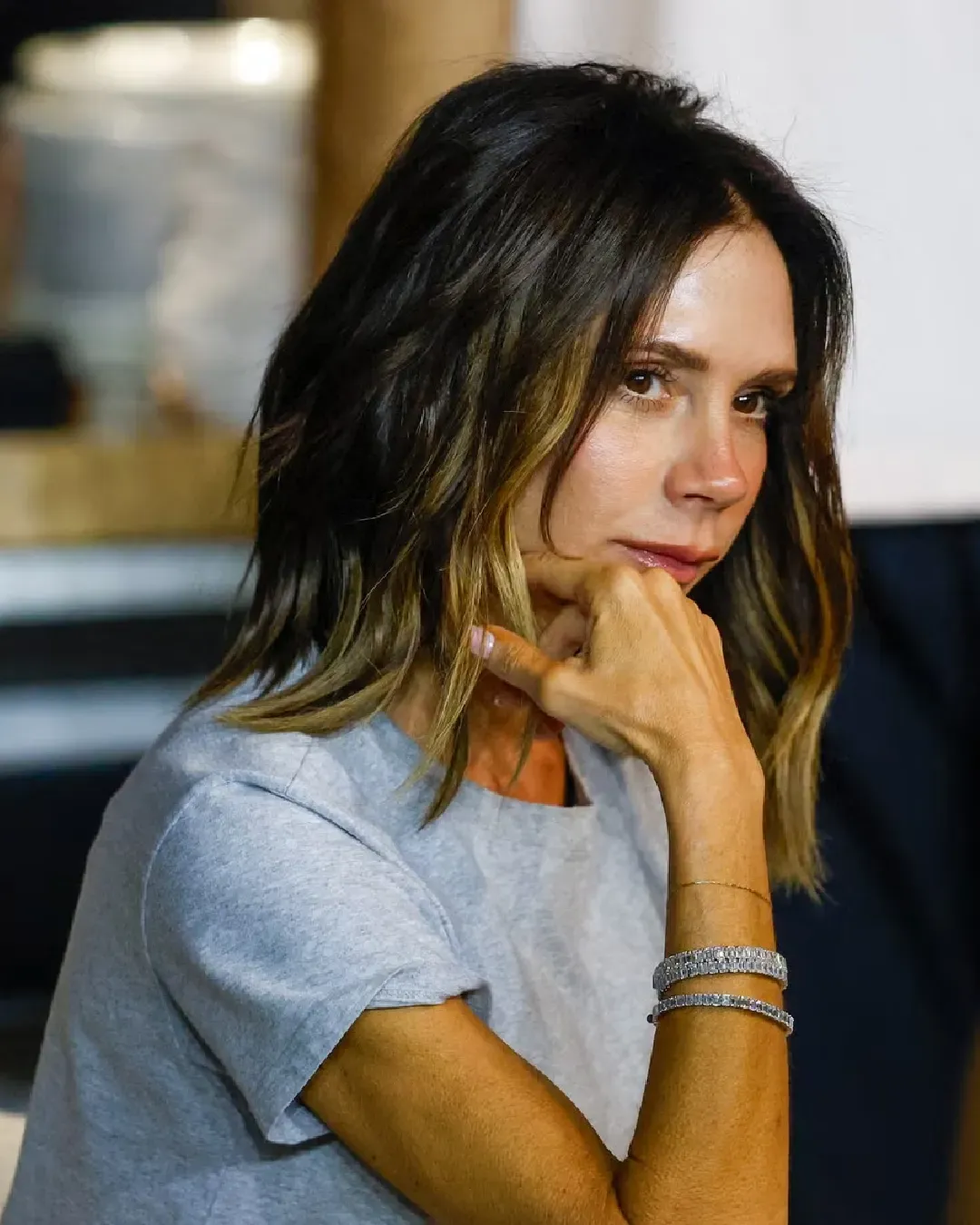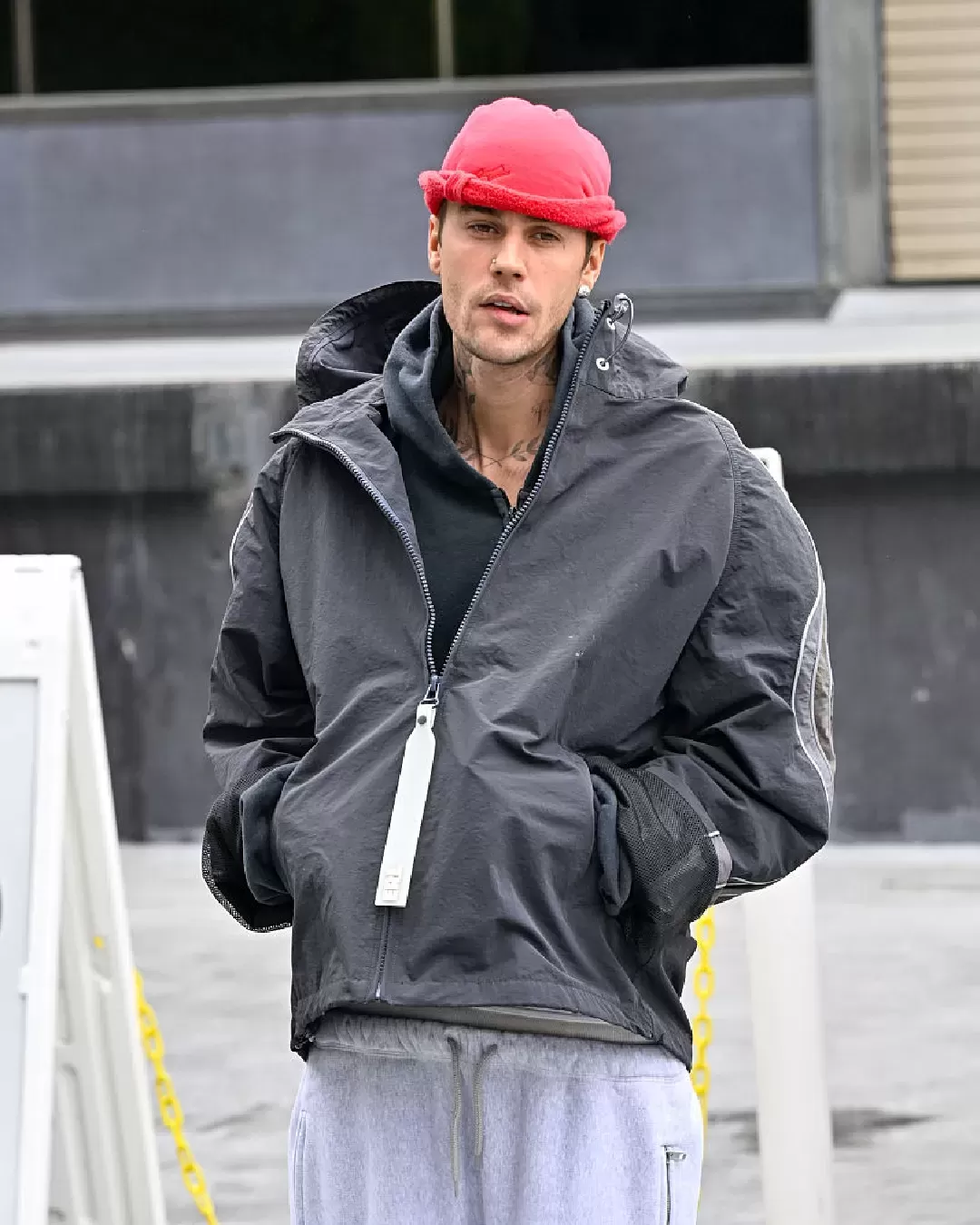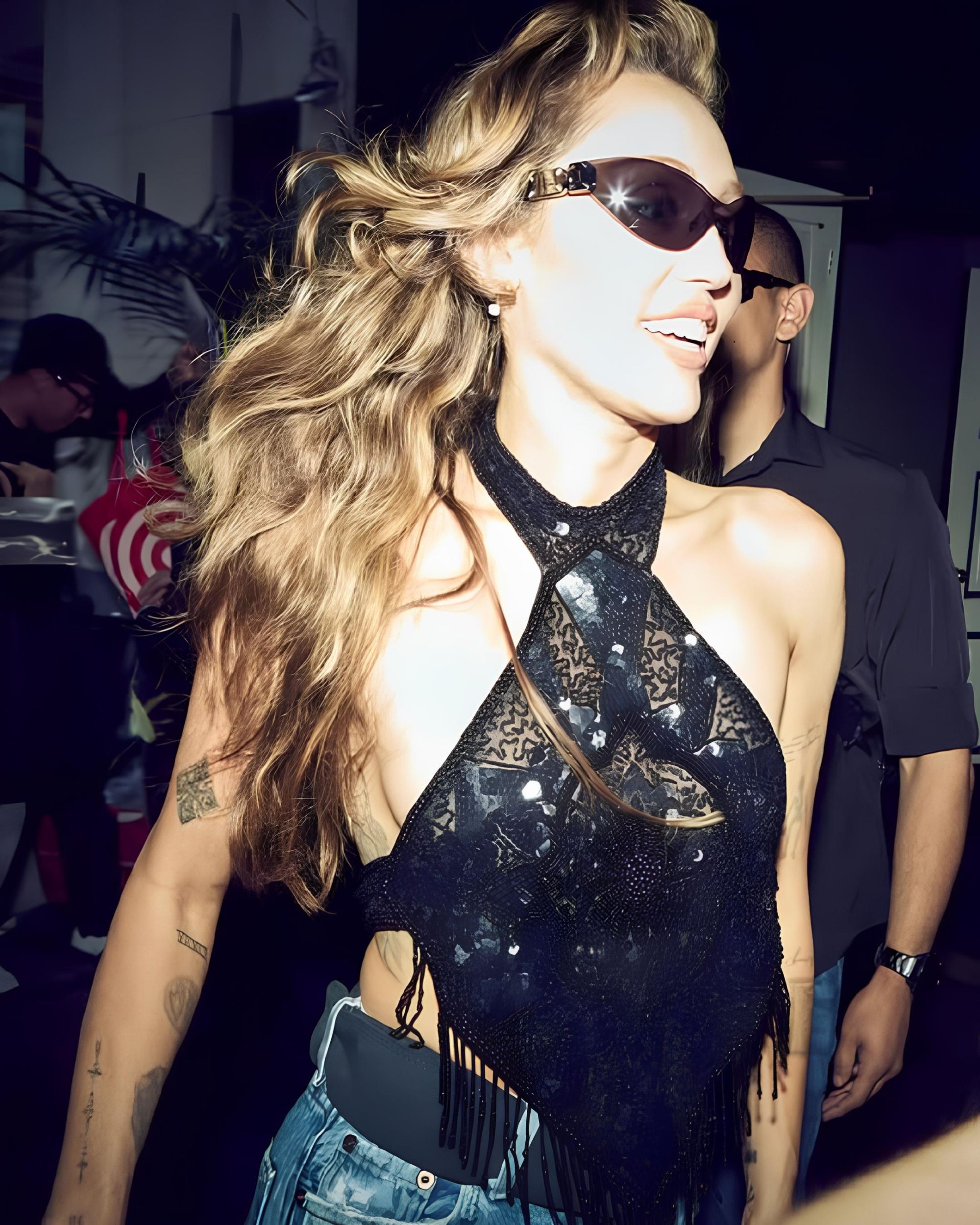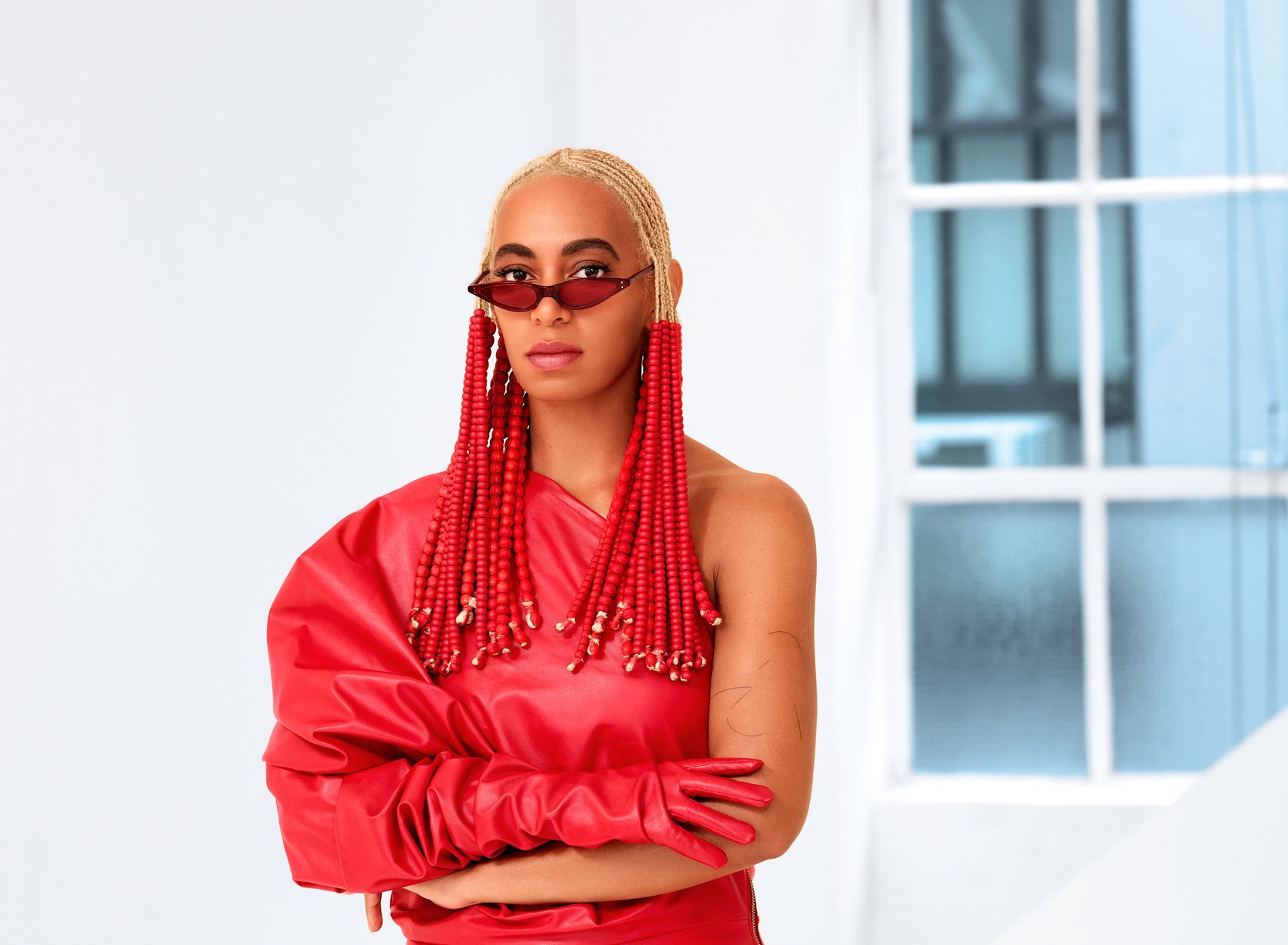
Solange isn't Beyoncé's sister anymore A reflective glimpse on the impact she has specifically within the black community
It is quite likely that most if not all of the world is aware and entranced with the legend that is Beyoncé Knowles and the legacy which she carries in pop music. However, there are still many who are left in the dark when it refers to her younger sister Solange and the impact she has had specifically within the black community.
Growing up in a household where music was very much the gospel, Solange was pretty much destined to have a career within the industry. Although she was never permanently apart of her sister’s girl group Destiny’s Child, she always had occasional temporary stunts as a backup dancer for the group. When she was 16, amidst her sister’s stardom, she released her first album titled Solo Star (2002) and later on her second album Sol-Angel and The Hadley St. Dreams in 2007. During which she had also made a career for herself writing songs for her sister and former Destiny’s Child Group member Kelly Rowland.
Although her album Sol-Angel and The Hadley St. Dreams peaked at number nine on US Billboard 200 chart, what really drew the attention away from her older sister was the debut of her third album A Seat At The Table in 2016. The album was a shift in the singer’s sound and aesthetic, it was an introduction to an updated version of herself that was self-sustained and assured.
It’s more than an album to me. It’s a transitional time in my life. We literally were waking up in the morning and just making music all day and night
she commented in an interview with Vibe. Similar to her sister’s artistry, A Seat at The Table was a soulful exploration of the themes of prejudice and blackness, done from an entirely different perspective. It promoted self-care, inward meditation and acted as a mirror for people of colour and women to reflect upon ourselves in a regal light. The album featured songs like Don’t Touch My Hair and Mad ft. Lil Wayne which nurtured views on black hair as a crown and tackled the issues of indignation and anger within the community. Cranes in The Sky was also a generally relatable track which spoke to the attempt to alleviate pain and suffering from alcohol, sex, music and other potential addictions. Between songs, there were also tracks of her mother and father speaking of their experiences of marching and being apart of the civil rights movement.
The album was undoubtedly a success which not only gained her the respect of music critics and the black community at-large but also caught the attention of the fashion industry for the stunning visuals on the album and the personal visual aesthetic which she took on thereafter. With the help of artistic director Carlota Guerrero and stylist Shiona Turini, the singer created a catalogue of images which showcased the body and fashion in a minimally maximalist manner. Apart from the eco-friendly dresses and accessories made from plants and paper, the visual aspect of the album featured a range of young, interesting designers from Europe, London, Berlin etc. From this, Solange solidified her aesthetic of showcasing maximal art and fashion in subtle ways which launched a trend within the young creative industry.
The artist’s latest album When I Get Home released last month features similar imagery and messages linked to self-care and inward reflection. It acts as a follow up from right where she left off with A Seat At the Table with a 33-minute film inspired by the devastation of Hurricane Harvey in Houston.
In an attempt to justify the artist’s craft, many often resort to comparing her with her pop star sister Beyoncés success but in reality, the two have two very different voices that are not meant to be compared but acknowledged and celebrated within their own lanes.










































